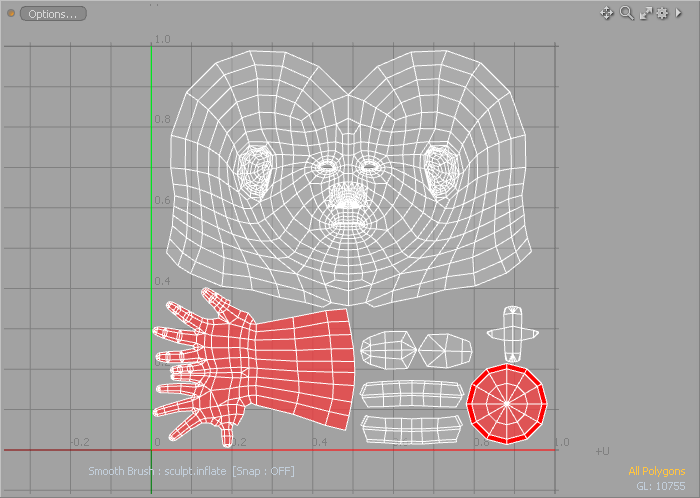

Progressive baking Texture baking in MODO 901 goes to the next level, with a new technique that takes advantage of MODO’s progressive renderer. Edited vector compositions can also be exported back out as SVG files for use downstream in the design or manufacturing process. You can use SVG artwork in your MODO scene as texture files, or as curves that can then be manipulated in 3D, or act as a framework for you to construct meshes.


Make use of resolution-independent vector-based artwork created in a program such as Adobe® Illustrator® or converted from a CAD file with new support for SVG (Scalable Vector Graphics) files, together with a new Curve Fill polygon type. MeshFusion also comes with a library of preset primitives that you can use to construct your object final output is a watertight mesh suitable for further editing in MODO or export to.

You can interactively intersect, add and subtract subdivision surface (SDS) objects, control the blending between, and intuitively edit the assembly instructions. Now a fully integrated feature of MODO 901, MeshFusion takes away the challenge of complex and frustrating Boolean operations, making it easier to consistently produce high-quality models. Powered by The Foundry’s Clear technology, the new advanced viewport lets you manipulate geometry and materials in a real-time setting that accurately displays lighting and shadows, BRDF materials, reflections, gloss, screen-space ambient occlusion, high-quality transparency, anti-aliasing, supersampling and a number of 2D post-processing effects. Iterate faster in a high-fidelity context that closely reflects your final render, with MODO 901’s new hardware-accelerated photorealistic viewport.


 0 kommentar(er)
0 kommentar(er)
